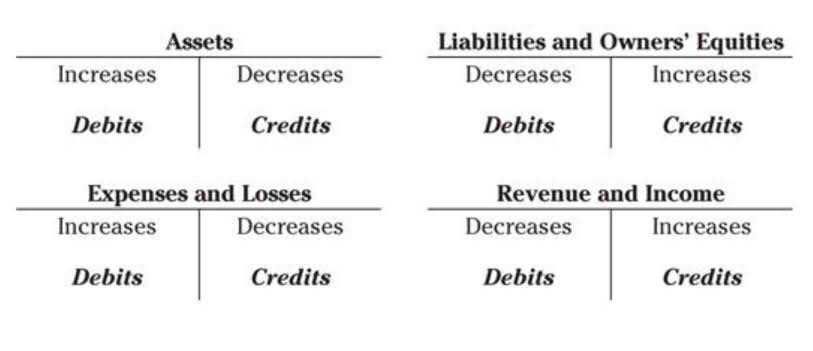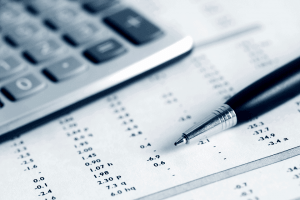
This is calculated by subtracting the preferred stock amount and any unpaid dividends from the total stockholders’ equity. In contrast to common stock, preferred stockholders do not have voting rights, which can be a drawback for some investors. To calculate common stock, start by determining the total equity of the how to find shares outstanding company, which can be either owner’s equity or stockholder’s equity.
- Calculating common stock values informs stockholders about the potential losses they might face if the company becomes insolvent.
- To calculate the weighted average of outstanding shares, multiply the number of outstanding shares per period by the proportion of the total time covered by each period.
- For example, if a company has 100,000 outstanding shares, you can use this number to calculate the common shares.
- The calculation for common stock outstanding can seem a little daunting at first simply because so much accounting jargon is used to define and calculate it.
- There are several types of common stock outstanding, including authorized, issued, and outstanding shares.
What Is Common Stock Outstanding?

Preferred stock is often misunderstood, but it’s actually quite straightforward. The main difference between preferred stock and common stock is that preferred stockholders have a higher claim on assets and dividends than common stockholders. This is demonstrated by a 2-for-1 split of a $2 par value stock with 50,000 shares, resulting in 100,000 shares at $1 par value each, with a total common stock of $100,000.

Issue of Preference Shares

This section, at the beginning of the document, provides key corporate details, including the most recent share count. The Securities and Exchange Commission (SEC) requires companies to disclose this figure as of the most recent practicable date, ensuring investors have access to current data. Weighted average outstanding shares are an important factor during the calculation of earnings per share Accounting for Churches for the Company.
How do you calculate the number of shares in share capital?
By contrast, a reverse stock split occurs when a company seeks to elevate its share price. Often, a company does this to meet listing requirements, which often require a minimum share price. A stock buyback (or share repurchase) occurs when a company purchases its own shares from the open market or directly from shareholders. This reduces the number of shares outstanding, which in turn increases the reported earnings per share, while increasing the ownership percentage for the remaining shareholders. Diluted EPS, on the other hand, will always be equal to or lower than basic EPS because it includes a more expansive definition of the company’s shares outstanding.
Calix Inc. (CALX) Posts Strong Q1 Earnings, But What’s Next for the Stock?

The number of outstanding shares is calculated by subtracting treasury stock from the shares issued. Generally, you won’t need to calculate this number yourself and it will be listed for you on a company’s 10-Q or 10-K filing. The calculation for common stock outstanding can seem a little daunting at first simply because so much accounting jargon is used to define and calculate it. Now that you’re equipped with this foundation of knowledge, all you need to do to figure it out is to go look it up on income statement any company’s balance sheet in their 10-Q or 10-K filing.
- Fortunately, there are other ways to discover the entire stock picture of a corporation.
- This broader view is captured in the “fully diluted” calculation, which takes into account shares that would be issued if all authorized stock options and convertible securities were exercised.
- Shares issued generate the assets or other value for founding or developing a company.
- Footnotes may include information about any stock splits, reverse splits, or stock repurchase programs that have occurred.
- However, to learn how to calculate outstanding shares, you must figure out the authorized and treasury stock, especially if you don’t have all the balance sheet information.
- It is worth noting, though, that companies may buy back some of the shares they issued.
- You can find shares outstanding at the top of a company’s 10-Q or 10-K filing.
- After that, investors may sell it to another investor on the secondary market.
- They initially sell a set number of shares to investors, and then those same shares can be traded among investors on a secondary market.
- Common stock is an equity account in a company balance sheet, representing the amount of money invested by shareholders in exchange for ownership.
Preferred Stocks– When a person invests in the Preferred stocks, he or she is preferred over common stock investors in terms of getting dividends from the company. The downside of the preferred stock is that preferred stockholders do not have a right to vote. 1.Common Stocks– An investor can purchase both types of stocks when available as both have their own privileges. When people purchase common stocks, it means they have voting right in the important decisions and other events in the company. They also get dividends when issued by the company but do not have a preference to get it. Upon performing the same process for all three companies, we get $4bn as the market cap for all three companies, despite the different share prices and diluted shares outstanding assumptions.
